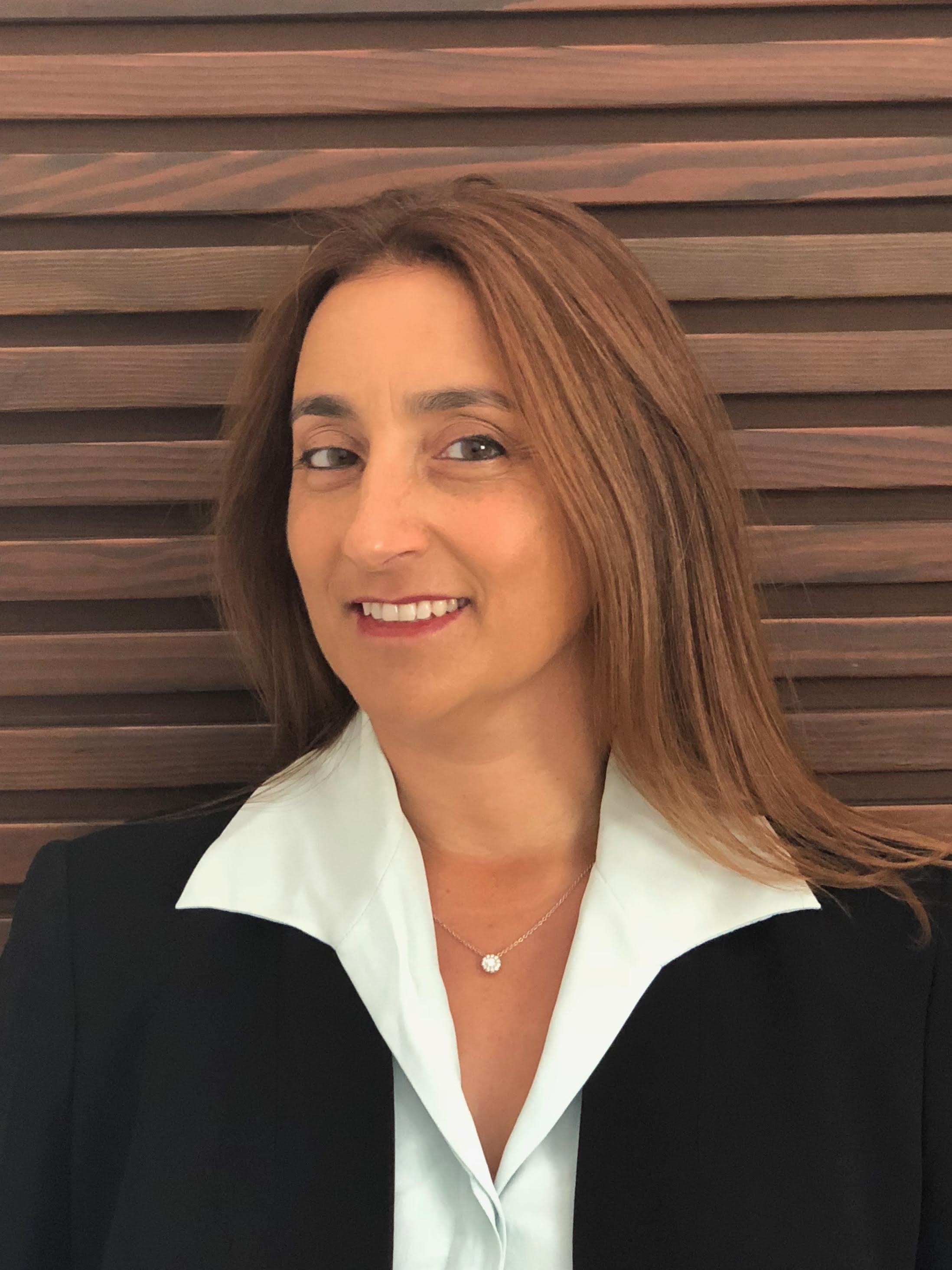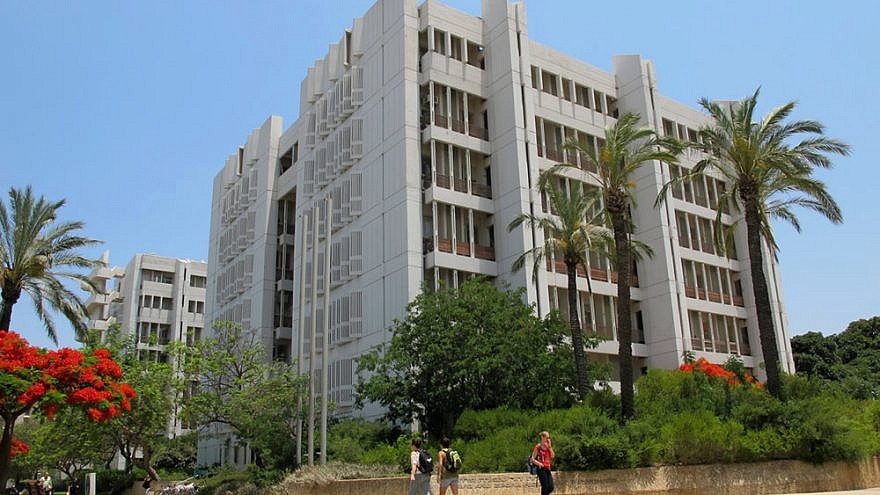Any surgeon removing a cancerous tumor stares down immense risk. They face a dilemma—balancing the removal of all present cancer cells while sparing as much healthy tissue as possible. Walking that tightrope necessitates caution, which can lead to lingering cancer cells that spread elsewhere and increase the risk of recurrence.
Excision of a primary malignant tumor requires uncanny precision—and perhaps a dose of Israeli innovation.

The research of Professor Ronit Satchi-Fainaro, Ph.D., head of Tel Aviv University’s Cancer Research and Nanomedicine Laboratory, marks a potential turning point in the art of tumor excision. Her new study is highlighted by the development of a smart probe for cutting edge image-guided surgery.
Using near-infrared technology, the probe functions as a polymer that connects cancer cells to a fluorescent tag via a linker, an enzyme overproduced in many cancer types called cathepsin. The application that makes cancer cells easier to identify and remove is as groundbreaking as it is elementary—cancer cells literally “glow in the dark.”
Satchi-Fainaro, who has written 47 patents and published more than 100 manuscripts, has had her previous scientific achievements lauded in Calcalist, Forbes, Globes and The Marker 40/40. Later this month (breast-cancer awareness month), she’ll be presenting at a Breast Cancer Research Foundation event in New York alongside world-renowned geneticist and founder of the BRCA1 gene Professor Mary-Claire King, Ph.D., to provide late-breaking news in diagnosis and treatment.
She recently talked to JNS about her findings, which could drastically improve tumor-excision surgical outcomes and the distinguishing asset she feels that Israeli cancer researchers possess.
Q: What’s the challenge in cancer treatment your research addresses?
A: We essentially wanted to give surgeon bionic goggles that serve as a real-time microscope that paints cancer cells in fluorescent color. With this technology, surgeons should be able to precisely identify cancer tissue and spare ample healthy tissue. If I want excise a breast-cancer lesion that’s 1 centimeter, I want to take the whole lesion with all the cancer cells without leaving any behind. It’s delicate. Lingering cancer cells are the reason later for cancer recurrence or metastasis. This is one of the main issues with treating cancer.
Q: Can you tell me about the study?
A: Our study was done on breast cancer and melanoma or skin-cancer tissue. What we did was we looked at cancer models we created in the surgery room. We identified a certain enzyme that knows how to identify a certain sequence of amino acids. Once it identifies it, that’s like its food. Then we found this protein that’s overexpressed in melanoma and breast cancer, as well as many other cancer types—meaning we can use it as a universal sensor in a way. We bound this linker to a dye. When it’s injected intravenously, it circulates in the body, and when it meets cancer tissue, this linker makes them become fluorescent.
Q: Cancer cells glow in the dark?
A: Yes!
Q: How does it compare to traditional methods of malignant tumor removal?
A: That wasn’t immediately clear. The last step was seeing it done on models in the surgery room. We developed a sensitive probe for the image-guided surgery. The main part of the study was to see how injection of the fluorescent dye compared to surgery done with regular white light in a surgery room during melanoma and breast-cancer treatments.
Q: What happened?
A: We were monitoring the recurrence of tumor metastasis in mice. We saw that when removal was done under bright light, there was much faster and a higher quantity of metastasis. If it was melanoma, it generally came back in the same area of the primary malignant tumor. If it was breast cancer, it came back there. Not all cancer cells were removed in original surgery more often. Essentially, this led to more metastasis sooner than ones who underwent surgery with the probe and fluorescent dye, which allowed the mice to live about twice as long.
Q: Will the implications extend beyond melanoma and breast cancer?
A: Of course, yes, the surgery should be able to expand beyond breast cancer and melanoma patients. Especially if identified early enough, it should be able to be applied to things like brain tumors, where you really want to spare as much healthy tissue as you can. That’s really key for treatment of cancers involving main and vital organs like the brain and lungs.
Q: What drew you to the field of cancer research? What do you love about what you do?
A: I do what I do to make an impact—to see if we can really change the clinical outpatient result at the end. Most of our work is done in an academic scenario, but once it’s translated to a clinical setting, we get to see the great impact it can have. Seeing if it can really change the outcomes for patients and their families is, of course, very gratifying.
Q: What’s the greatest strength of Israel’s cancer research? Why do you think so much innovation in the field emerges from such a small place?
A: When you compare the top research places around the world, they’re always doing things that are cutting-edge. But I do think there’s something to be said about the Israeli chutzpah. I think we tend to argue more and doubt more and question things more. I did my Ph.D. in London, my post-doc at Harvard Medical School and Children’s Hospital in Boston. But I do see something different with the students here in Israel. My students here have that chutzpah. They question us every day. They’re always so curious, and I think all of that leads to great scientific findings.
Q: When you’re not curing cancer, what do you like to do?
A: I have three boys and a husband. These are the four men in my life. I’m generally going to soccer games, but I also like dance classes.
Q: You don’t sound so thrilled when you mention those soccer games. Do you like soccer?
A: (Laughing) What choice do I have?
Q: So what’s next for you?
A: What we’re trying to do now is combine this probe together with other methods that help identify tumor tissue on a nanoparticle level without affecting normal, healthy tissue. This should help prevent the side effects of treatments like standard chemotherapy, which, though potent, can kill healthy tissue and damage healthy organs.
This interview has been edited for length and clarity.


























